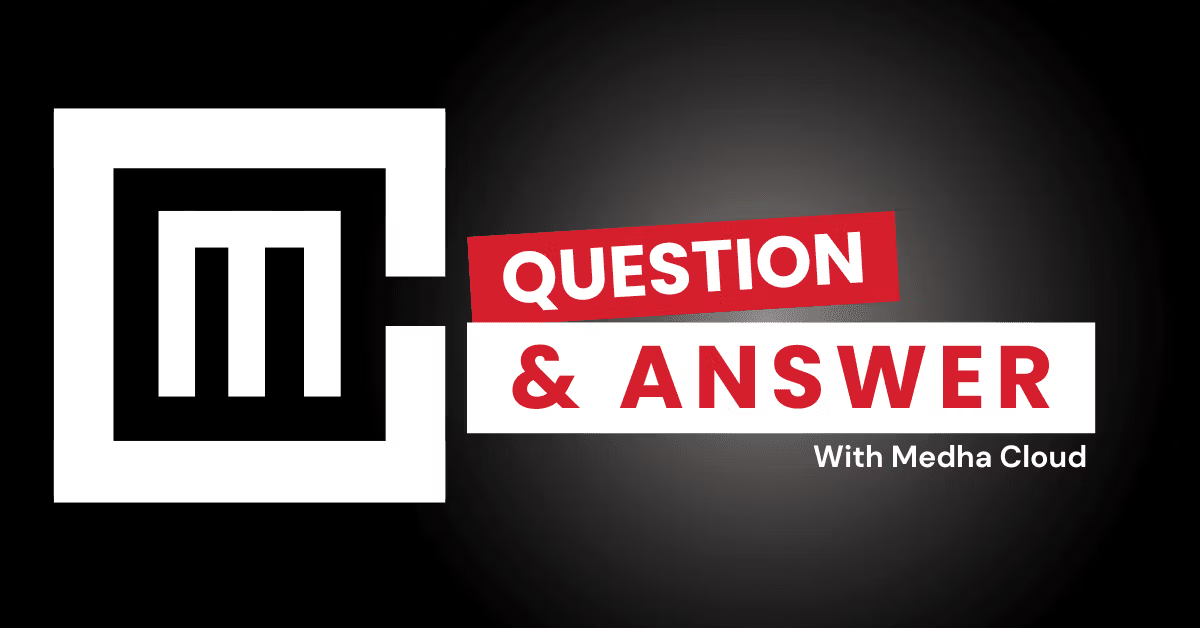To ensure minimal downtime during migration to Microsoft 365 E3, use proper planning, reliable tools, and test the process before execution.
Steps to Minimize Downtime During Migration
Migrating to Microsoft 365 E3 without business disruption requires a structured approach. Here are key steps to ensure minimal downtime:
- Assess Your Current Environment
- Audit your existing systems, servers, and data.
- Identify dependencies, mailbox sizes, and custom applications.
- Choose the Right Migration Strategy
- Cutover Migration: Migrate all data at once (best for small organizations).
- Staged Migration: Move mailboxes in phases for medium-sized organizations.
- Hybrid Migration: Run on-premises and cloud systems side by side.
- Use Migration Tools
- Use Microsoft FastTrack for free assistance or third-party tools for large-scale migrations.
- Monitor progress with the Microsoft Admin Center.
- Perform Pre-Migration Testing
- Test mail flow, applications, and user access in a sandbox environment.
- Schedule the Migration During Non-Peak Hours
- Migrate data during weekends, holidays, or off-peak business hours to reduce disruptions.
- Communicate with Employees
- Inform users of expected downtime and provide training for the new platform.
Key Benefits of a Smooth Migration
- Reduced operational interruptions.
- Seamless user transition to Microsoft 365 E3.
- Faster adoption of new features.
Need expert support for a seamless migration?
Medha Cloud will help you migrate to Microsoft 365 E3 with minimal downtime.
I'm Benjamin, a Microsoft 365 Specialist, helping small and large businesses deploy, configure, and secure M365 environments to maximize the benefits of Microsoft tools. With sound expertise in driving cloud adoption, identity and access management (IAM), security monitoring, system reliability, and proactive troubleshooting.


